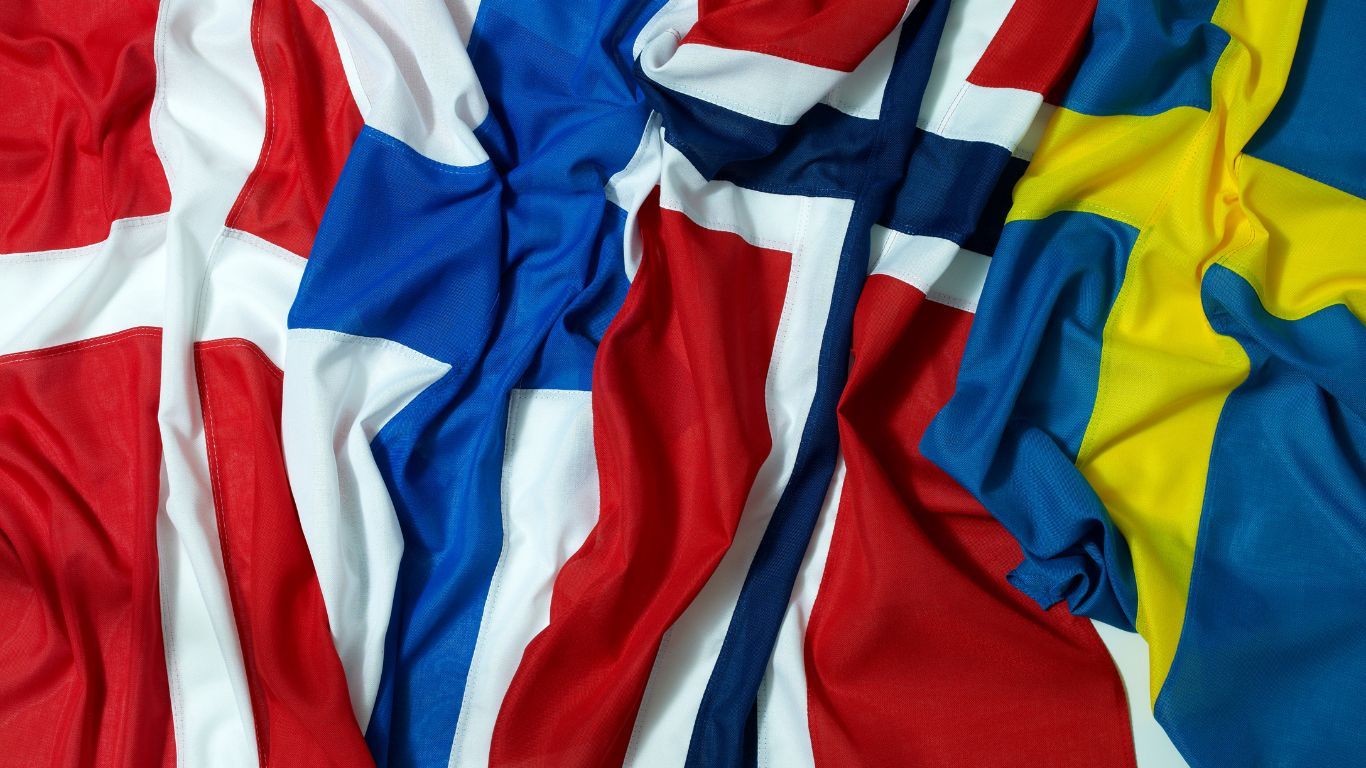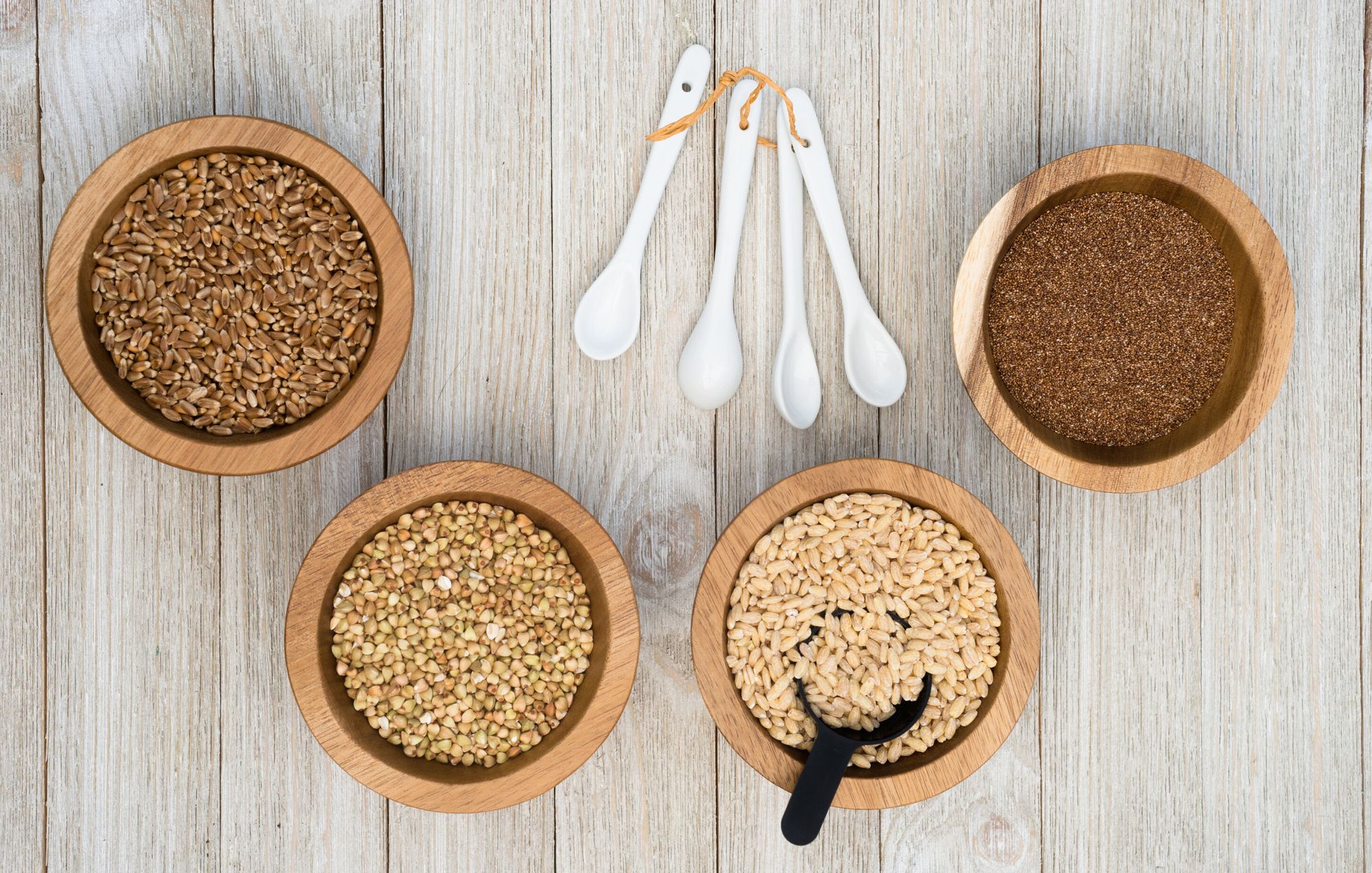
The Nordic diet (also referred to as the Scandinavian diet) focuses on locally sourced food that is sustainably farmed from Nordic countries. Compared to other diets, it is relatively new and was created in 2004 as a solution to address the growing obesity rates and unsustainable farming practices in Nordic countries.
The Nordic diet is very similar to the Mediterranean diet. The Mediterranean diet is based on the traditional cuisines of Greece, Italy and other countries that border the Mediterranean Sea, and focus on healthy foods found in those regions.
The food eaten on a Nordic diet is mostly a wide variety of plant-based foods which are high in protein, complex carbohydrates and healthy fats.
The health benefits of the Nordic diet include weight loss, reduced inflammation, lower blood pressure, reduced risk of health conditions such as diabetes and heart problems, and more.
One of the only significant differences between the Nordic diet and the Mediterranean diet is that the Mediterranean diet advises using extra virgin olive oil in cooking, while the Nordic diet uses canola oil, which has less saturated fat compared to extra virgin olive oil. However, this doesn’t really matter to most people, since it’s generally understood that olive oil is a healthy fat, and olive oil is rich in antioxidants.

Where Does the Nordic Diet Come From?
The Nordic diet, as you can tell by the name, originated in the Nordic region as a response to the rising obesity rates and farming practices that were becoming increasingly unsustainable in that region. The Nordic diet was created by a group of scientists, chefs and nutritionists in 2004 who were working together to solve these issues and emphasizes whole foods that are in season and locally sourced, and minimizing saturated fat intake.
What Can You Eat While Following the Nordic Diet?
The Nordic diet emphasizes traditional, sustainable and locally-sourced foods. This diet discourages heavily processed food,so get ready to swap sugars, packaged and canned foods in favor of lean meats, dairy products and seasonal produce.
The Nordic diet is flexible to accommodate various food sensitivities and dietary needs, such as lactose intolerance, allergy to gluten, vegan, or vegetarian plans, making it an ideal diet for almost anyone – even a vegan.
Some foods to avoid on the Nordic diet include red meat that’s high in fat; sausages, bacon, or sandwich meat; ready-made meals like frozen dinners or canned soups; alcohol and sugary drinks.
The Nordic diet derives half of its daily calories from healthy sources of carbohydrates, 25% from lean protein and 25% from healthy unsaturated fats. There are no restrictions on when you can or cannot eat while following this diet.
Below are some common foods eaten on a Nordic diet plan, to inspire you to create your first Nordic meal:

Whole Grains
Whole grains are a staple in the Nordic diet. At least 25% of calories come from whole grains.
Whole grains are packed with nutrients such as protein, fiber, antioxidants and trace minerals.
They are known to have several health benefits such as reducing the risk of heart diseases,type 2 diabetes, obesity and some forms of cancer.
Some forms of whole grains include:
- Rye
- Barley
- Oats
- Brown rice
- Whole grain pasta
- Whole grain bread
Meal idea: You’ll never look at sandwiches the same way again. Class up your lunch with a smørrebrød, a Danish open faced sandwich with rye bread at the base topped with all sorts of toppings.
Fruits, Vegetables, Berries
Vegetables and berries are low in calories, and are packed with a fantastic variety of vitamins and antioxidants. Besides that, the phytochemicals found in seasonal produce can bring several health benefits from aiding the function of the immune system to protecting cells from DNA damage.
Meal idea: Chop up a bowl of your favorite vegetables, and berries to create a colorful salad. The more color the better!
Dairy Products
The Nordic diet consists of free range eggs, milk, yogurt, and cheese which is an important source of calcium and protein.
Meal idea: Indulge in healthy homemade popsicles – guilt free! Blend yogurt into a smoothie with your favorite fruits and freeze it in silicone popsicle molds overnight with popsicle sticks.
Locally-Sourced Fish
The Nordic diet encourages a mixture of healthy fish such as salmon, herring, mackerel, cod, and haddock. However, if you are pregnant or breastfeeding, you are advised to reduce your intake of fish due to the risk of mercury levels in fish. Here is a list of high mercury fish.
Meal idea: Roast a salmon filet alongside with roasted vegetables, on a bed of quinoa for a balanced Nordic meal full of protein, whole grains and vegetables.
Healthy Fats
The Nordic diet is low in saturated fats and focuses on healthy fat such as canola oil, nuts, seeds, and fatty fish instead.
Meal idea: Put together some trail mix consisting of various types of nuts and berries for a healthy snack.
Lean Meat
The Nordic diet aims to reduce the consumption of red meats as it is high in fat compared to other meats, and red meat is not nearly as environmentally friendly to produce. Swap out red meats for leaner meats such as chicken, turkey or lamb.
Meal Idea: Ikea meatballs are pretty iconic. Impress your dinner guests with this Swedish lambballs recipe and pair it with a side of vegetables and lingonberry jam.
Probiotics
Probiotics in fermented foods have proven to bring about several health benefits to our digestive system. The good bacteria can aid digestion, boost immunity and help our body fight off bad bacteria, as well as nurture our microbiome. Skyr, or Icelandic yogurt and kefir is rich in probiotics. It’s also a rich source of minerals such as protein, calcium and potassium.
Meal idea: Top some skyr with some berries for a full Nordic breakfast. If you can’t find skyr, opt for some plain, unsweetened yogurt instead.
The Bottom Line on the Nordic Diet
Switching over to a Nordic diet is pretty easy. All you have to do is ditch the processed and packaged foods and focus on stocking up on the whole fruits and vegetables you love, and pair them with locally-sourced fish or lean meats.
Whole grains, lean sources of protein, plenty of fruits and vegetables, and healthy, unsaturated fats make up the guidelines of the Nordic diet.
The Nordic diet is healthier than the average Western diet, as it replaces processed foods with whole, single ingredient foods. As a result, it is likely to lead to some weight loss as well as bring about a wealth of other health benefits.
What’s the Best Diet For You, Based on Your Genetic Makeup?
Everyone responds differently to different diets, and it can be a tedious process to figure out the right diet for you. Take a CircleDNA test to find out the diet that works best for you based on your genetics. With up to 500+ health-related DNA insights including many on diet and nutrition, get to know yourself at a cellular level and find out the optimal diet for you. Note that if your CircleDNA test results state that you are best suited for a Mediterranean diet, the Nordic diet will still be right for you since it’s so similar to the Mediterranean diet.






